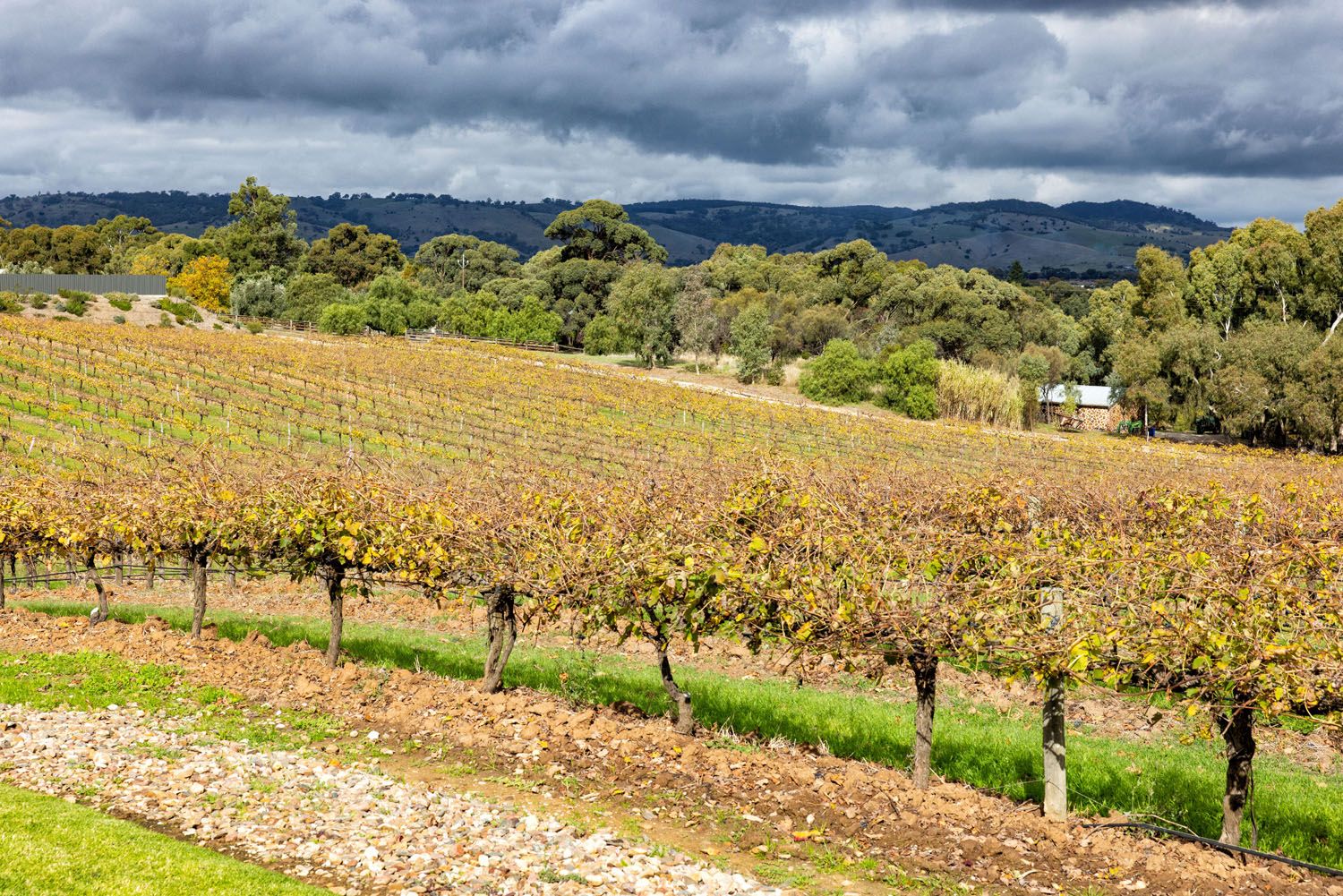 |
| Pexels photo |
"Perhaps one reason for wine's decline in the US is the effort afoot to make it a favorite billionaires' delicious pastime as a necessity. I mean, really, a $500 vineyard tour, or a $250 wine tasting?"
That's Jo Diaz (www.wine-blog.org), colleague and fellow wine blogger, letting off a little steam in one of her recent posts, under the title"Wine Decline, But Not In My Home."
Diaz was speculating about why interest in wine is stagnating in this country, as have some other wine scribes. It's a complex dilemma with no one single reason.
But, have you looked at the price of high-end wine lately? Granted, everything is expensive today. And while highly regarded wine caters to a small segment of the wine market, the projected image from these prices says wine is only for the wealthy.
Some examples of wine prices I've seen lately are heart stopping. The online wine locator, Wine-Searcher has been running a series of articles listing the ten most expensive wines from various places, like "The Most Expensive Bordeaux."
Here are prices of 11 wines, from must-have places., as posted on Wine-Searcher:
Bass Philip Reserve Gippsland, New Zealand Pinot Noir, $880
Chateau Haut-Brion Blanc, Graves, Bordeaux, $943
Harlan Estate Napa Valley Cabernet Sauvignon, $1,500
Screaming Eagle Napa Valley Sauvignon Blanc, $3400
Chateau Le Pin Pomerol, $3,700
Screaming Eagle Napa Valley Cabernet Sauvignon, $3,800
Chateau Petrus Pomerol, $4,600
Dom Perignon P3 Plenitude Brut Champagne, $5,225
Ghost Horse Napa Valley Cabernet Sauvignon, $6,000
Domaine Jean-Louis Chave Ermitage Cuvee Cathelin Rhone, $9,500
Leroy Domaine d'Auvenay Batard-Montrachet Grand Cru Burgundy, $26,000
Of course, there is always a market for these wines, at any price. Unfortunately, the rare and pricey will always be attractive to those who only seek status, or will pay any price for an object that few others can afford.
Some of the things supporting the theory that some wineries are charging unreasonable high prices simply because they can, include:
Wine is such a pleasure that it's unconscionable for anyone to price it beyond the budget of many wine drinkers...wine prices might be lower were it not for the three-tier system of controlling the pricing and supply of wine...there is a certain level of arrogance and greed by some winery owners who believe it is their privilege to fleece the very consumers that keep them in business..."it is what it is" does not qualify as a justification for price gouging.
All that being said, I would add that wine doesn't exist in a vacuum, and those making and selling it need to make a profit. And, while operating costs continue to rise, wineries are justified in setting a reasonable increase for their wine prices.
There will always be expensive wine that is unattainable for many wine consumers, and that high cost will force most shoppers toward affordable alternatives. We can only hope that more people discover wine and that all wine consumers find a comfortable price that will encourage them toward more wine sales.
I'm going to do my part by continuing to educate and inform folks through this blog.
Next post: Wine of the Andes
Leave a comment at boydvino707@gmail.com


